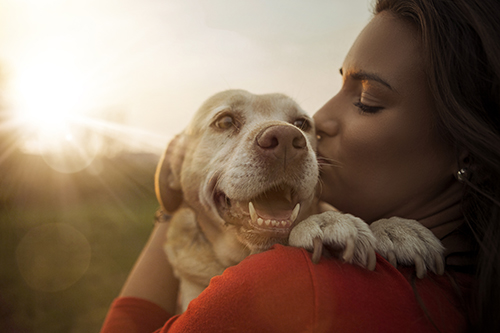Dog Vaccination Schedule for Puppy’s First Year
Apr 12, 2021

Your new puppy needs a series of vaccinations in the first year of life to protect him from many dangerous diseases as his puppy immune system develops. Different veterinarians recommend slightly different vaccination schedules and vaccines according to the specific dog’s risk factors.
Your vet can be more specific about the vaccination needs based on your individual dog, the particular region of the country in which you live, and your individual circumstances. In general, however, the first-year vaccination schedule for puppies usually resembles the schedule in the table here.
Your local Co-op carries a wide variety of dog vaccines and is willing to help you find out what will work best for your doggie. Find the Co-op nearest you here.
For more content like this, check out to April issues of the Cooperator.
Your vet can be more specific about the vaccination needs based on your individual dog, the particular region of the country in which you live, and your individual circumstances. In general, however, the first-year vaccination schedule for puppies usually resembles the schedule in the table here.
| Puppy Vaccination Schedule | ||
| Puppy’s Age | Recommended Vaccinations | Optional Vaccinations |
| 6 to 8 weeks | Distemper, measles, parainfluenza | Bordatella |
| 10 to 12 weeks | DHPP (vaccines for distemper, adenovirus [hepatitis], parainfluenza, and parvovirus) |
Coronavirus, Leptospirosis, Bordatella, Lyme disease |
| 12 to 24 weeks | Rabies | None |
| 14 to 16 weeks | DHPP | Coronavirus, Lyme disease, Leptospirosis |
| 12 to 16 months | Rabies, DHPP | Coronavirus, Leptospirosis, Boradetella, Lyme disease |
| Every 1 to 2 years | DHPP | Coronavirus, Leptospirosis, Bordetella, Lyme disease |
| Every 1 to 3 years | Rabies (as required by law) | None |
Your local Co-op carries a wide variety of dog vaccines and is willing to help you find out what will work best for your doggie. Find the Co-op nearest you here.
For more content like this, check out to April issues of the Cooperator.